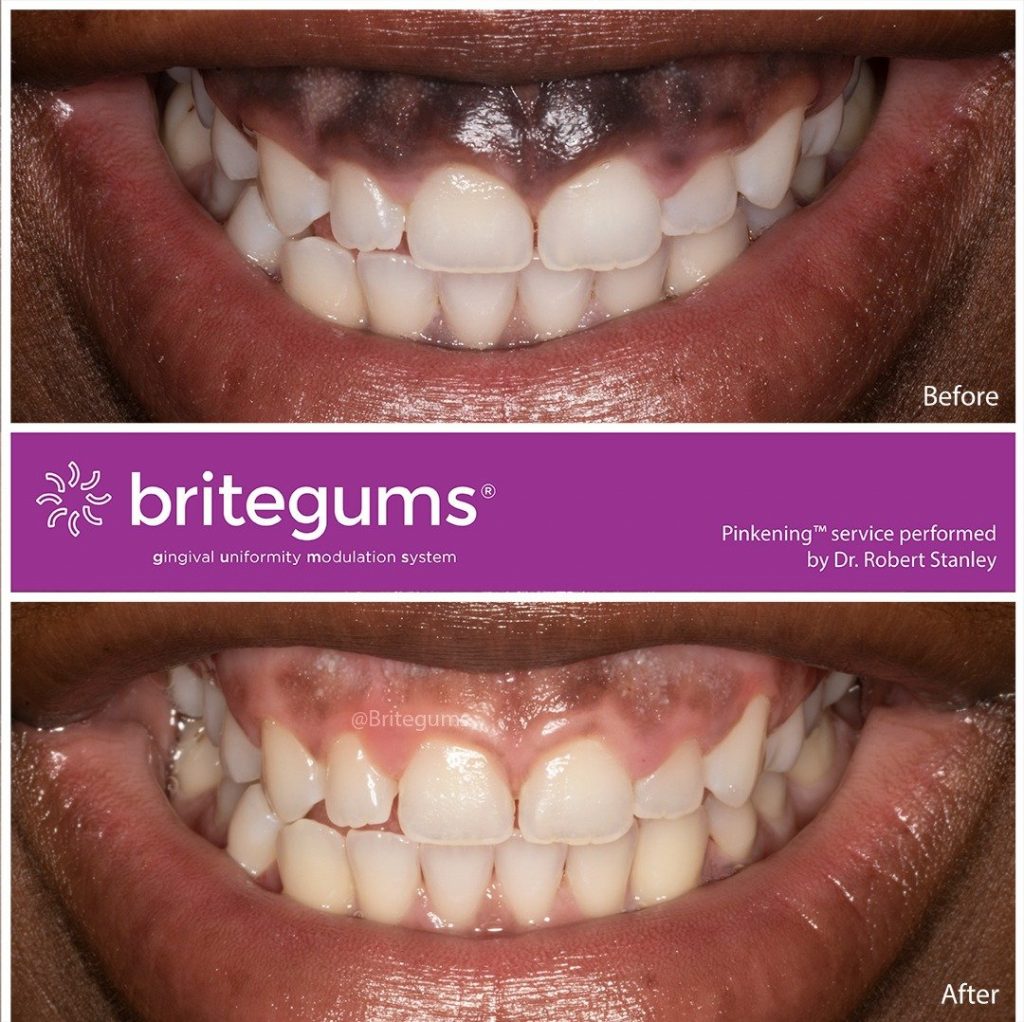If you’ve ever had your gums lasered in the past, you may be pleased to learn that there’s now an alternative to this painful and expensive procedure. Gum bleaching uses more natural ingredients than ever before — like the ones found in strawberries, apples, and blueberries — to lighten your teeth and make them look whiter than ever before! This type of tooth whitening service can be done as often as once a year if necessary, making it one of the most effective ways to remove gum pigmentation quickly and painlessly!
What Are Melanocytes?
Melanocytes are the cells in your body that produce melanin, a pigment that gives color to your skin and hair. Melanin is also produced in certain parts of the eye, such as the iris and ciliary body. In other words, melanocytes are responsible for the color of both your eyes and hair! They do this by producing melanin when stimulated by a hormone called alpha-melanocyte-stimulating hormone (α-MSH) or adrenocorticotropic hormone (ACTH).
You Can Reduce The Amount Of Pigmentation By Taking Care Of Your Teeth And Gums:
At the end of the day, gum lightening is a service that can be done in various ways. The best way to reduce the amount of pigmentation is by taking care of your teeth and gums. Brush twice a day with an anti-bacterial toothpaste and floss at least once a day. If you’re still trying to figure out how to remove gum pigmentation, ask your dentist about our gum lightening services!
Low-Level Laser Therapy (LLLT):
Gum bleaching is how dentists would try to remove gum pigmentation in the past — the keyword there being tried. Using painful lasers, dentists would literally burn away an entire layer of the gum tissue in the hopes of getting rid of the melanocytes that cause a tooth’s color. It was not uncommon for patients to have bleeding gums and other problems from these procedures. Thankfully, this is no longer what dentistry has to offer for gum lightening!
Nowadays, laser therapy can be used at low levels (LLLT) on gums with hyperpigmented areas or dark spots. This type of therapy does not penetrate deeply enough to damage underlying tissues like harsher treatments could and it does not require any anesthesia or numbing agents since it is so gentle.
You May Also Like:
Bleaching Methods:
There are a few different ways to lighten the color of your gums. Let’s start with the most popular first: Bleaching! Bleaching is a process that is done by applying hydrogen peroxide or carbamide peroxide to the gum tissue, which will cause some of the melanin in the gum tissue to dissolve. Carbamide peroxide is slightly stronger than hydrogen peroxide and can be used for more extreme cases.
There are also LED lights that can be applied to bleach your gums, but this method is not recommended because of its high intensity. Another way to lighten gum pigmentation is by getting laser treatments from a dentist or dermatologist. The laser will target the melanin in the gum tissue and stimulate it until it removes it completely.
Follow Up With A Professional:
The term gum bleaching is still used to describe a process that can be done by dentists, but the process has changed. In the past, dentists would literally burn away an entire layer of gum tissue with a laser and the word bleaching refers to the lightening of color. Now, dentists remove pigmentation from gums by scraping off cells that contain melanin and depositing them in a cup. This is done over and over again until all pigment is removed. The difference between these two methods is painless versus painful; longer recovery time versus quicker recovery time; less cost than laser removal versus more expensive than laser removal. Today, teeth whitening is often combined with gum lightening services to get the best results for your smile!
